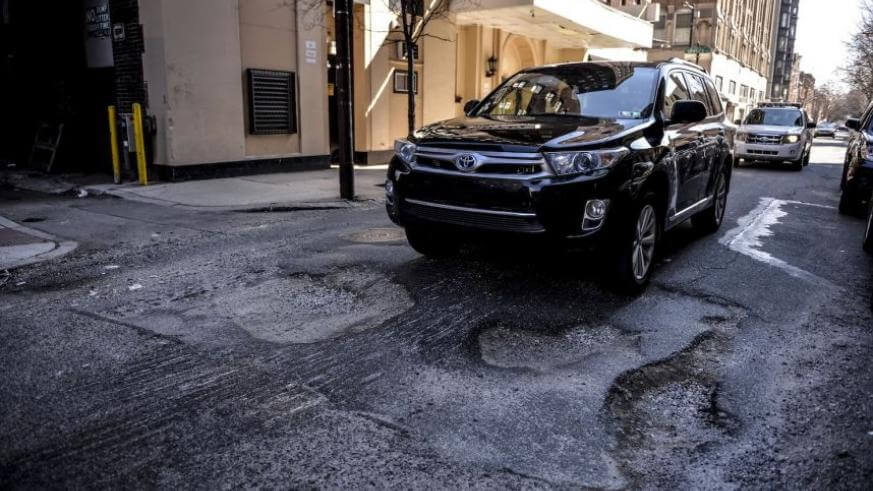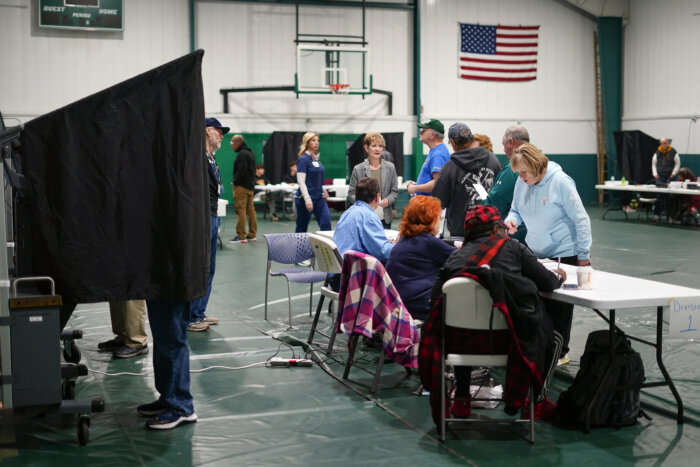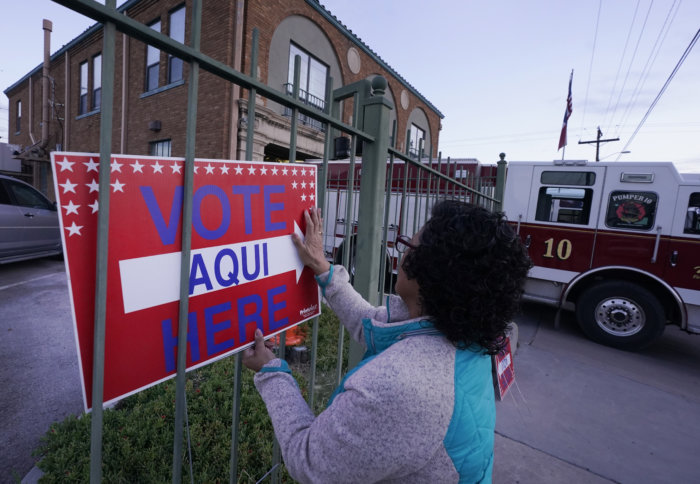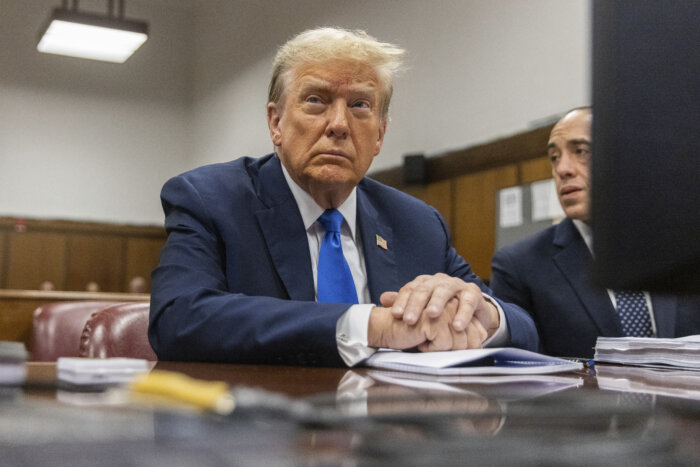Governments often get chastised for throwing money at problems. Which can be reasonable, especially when there’s no discernible plan behind the money.
But sometimes, throwing money at the problem is the only way to solve it. Money can be the great equalizer, and Philly’s streets have not typically been treated as equals, especially compared to their paved counterparts in our peer cities.
According to a 2015 report by the Bicycle Coalition, cities such as Baltimore, Pittsburgh and Chicago have regularly outspent Philadelphia — both as a total, a percentage of the entire city budget and per capita — on streets spending.
For instance, while Pittsburgh has typically spent about 4.2 percent of its budget on city streets, Philly has spent just 0.7 percent. When Baltimore has spent $143 per capita on city streets, Philadelphia has spent $16. And when it comes to some of our rich neighbors, like Washington, D.C., and New York City, the comparison is even more dire.
RELATED: Time to unleash technology that prevents smartphone use while driving
But this year’s budget could be the moment that changes, if the City Council approves the mayor’s recommended budgetary requirements for our streets and the Streets Department.
The Streets Department manages 2,525 miles of city streets, 320 miles of bridges, roughly 20,000 intersections, 100,000 street lights and more than 400 miles of bike lanes.
And with the budgets that department has been given over the last decade, it’s no wonder cyclists, buses and people alike regularly find themselves avoiding sinkholes and gashes in the streetscape.
The city’s paving budget has regularly been underfunded, but we got a quick boost in 2009 thanks to the stimulus, at $20 million. The next year, we got a dismal $2 million to repave streets, and since then, it’s never got anywhere close to the $20 million we used in 2009.
And given those constraints, the paving backlog (that is, the total miles of streets that need to be paved but aren’t) has grown to more than 1,000 miles.
RELATED: Female cyclists caught between harassment and breaking the law
Few people talk about this, but the repercussions are felt by anyone who tries to move throughout the city on a daily basis, whether by motor vehicle, bicycle or by walking. Cracked sidewalks, faded bike lanes and pot holes are a regular part of life in Philadelphia.
But they don’t have to be. Mayor Kenney’s Capital Program through 2023 recommends that $174 million in new funds be invested in the reconstruction and resurfacing of city streets enabling the city to reach a pace of resurfacing 131 miles of streets annually within seven years to ensure a state of good repair.
Additionally, $52.5 million will be invested in other Streets Department projects over the six-year program, including the critical replacement and renovation of bridges and increased street lighting. Of that, $5 million for street re-engineering through Vision Zero has been included.
Not only do we need money for asphalt; we need people in new positions to lay down said asphalt. The Kenney budget includes new positions within the Transportation Division that will enable the creation of a badly needed new paving crew, among other critically needed positions in the Right of Way Unit, Traffic Operations and Street Lights.
The Kenney Budget’s proposal to pump some life — and money — into the Streets Department is moving the city in the right direction. Council should pass it.
Randy LoBasso is communications manager for the Bicycle Coalition of Greater Philadelphia.
































